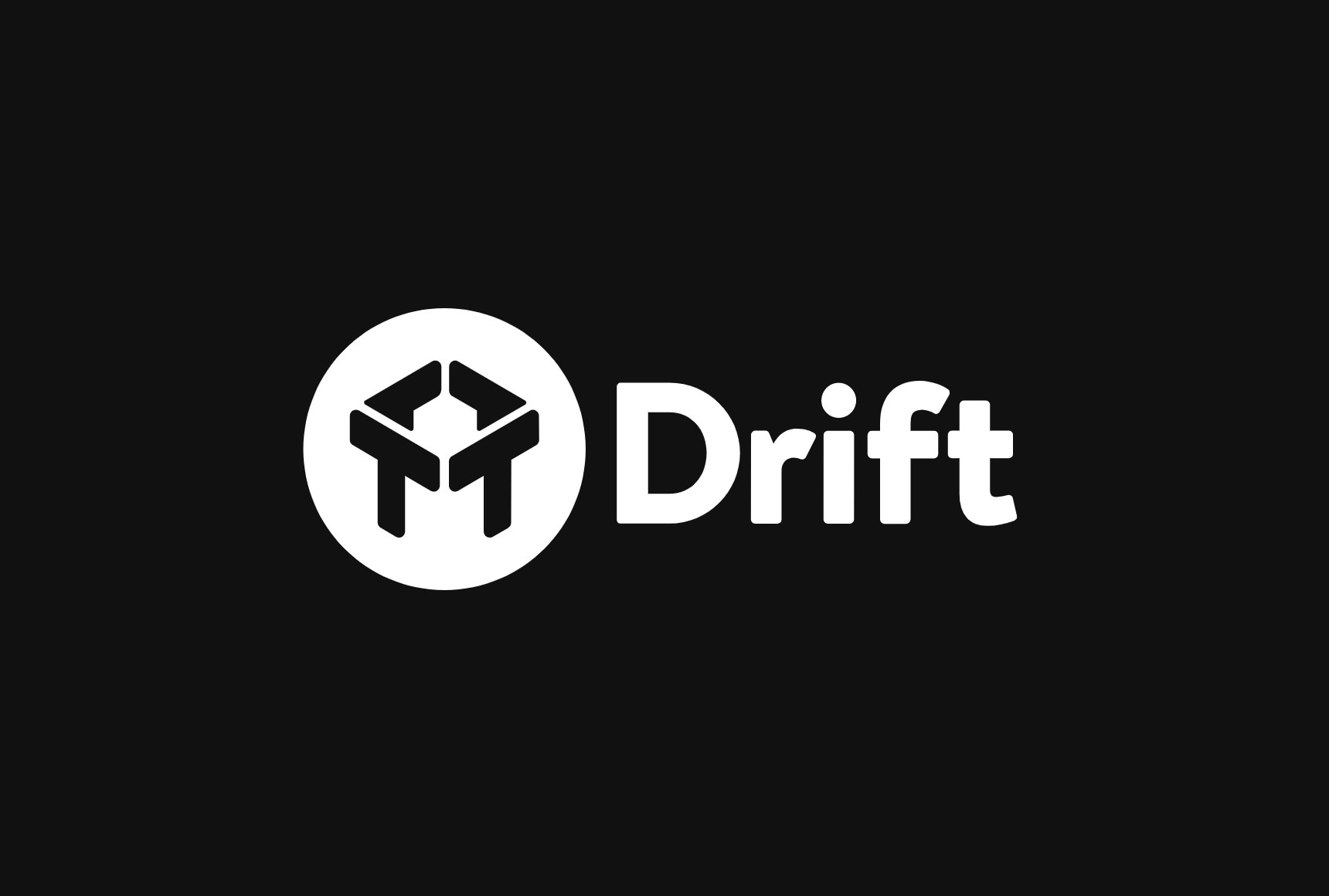
Drift Conversational Marketing: Complete Buyer's Guide
Transforming anonymous website visitors into qualified sales opportunities through AI-powered conversations.
Drift Conversational Marketing transforms anonymous website visitors into qualified sales opportunities through AI-powered conversations and real-time buyer identification, positioning itself as the leading B2B conversational marketing platform for mid-market to enterprise organizations.
Market Position & Maturity
Market Standing
Drift maintains a strong position in the B2B conversational marketing segment, targeting mid-market to enterprise organizations with established marketing operations and substantial lead qualification requirements[44][55].
Company Maturity
Company maturity indicators demonstrate operational stability through structured onboarding programs, dedicated enablement sessions, and comprehensive support frameworks[59].
Growth Trajectory
Customer growth evidence includes documented success across technology companies and work management platforms, with customers achieving measurable outcomes like Wrike's 496% pipeline increase and 15x ROI performance[48][53].
Industry Recognition
Industry recognition comes through customer case studies and documented performance outcomes rather than third-party analyst rankings, though the platform's ability to generate 150% higher visit-to-meeting conversion rates provides market validation[40].
Strategic Partnerships
Strategic partnerships with CRM providers and marketing automation platforms position Drift within established enterprise technology ecosystems[40][45].
Longevity Assessment
The platform's $2,500/month entry point positions it in the premium segment, indicating focus on customers with substantial conversational marketing budgets rather than broad market adoption[44][55].
Proof of Capabilities
Customer Evidence
Wrike's comprehensive success case provides the strongest evidence of Drift's capabilities, with Marketing Technology Manager Anna Fomina reporting 496% year-over-year pipeline increase and 15x+ ROI through Fastlane and AI features implementation[48][53].
Quantified Outcomes
Wrike's deployment achieved 454% increase in bookings growth, demonstrating measurable transformation in lead generation performance for work management platforms[48].
Case Study Analysis
Drift's own implementation with Twilio generated 160% more opportunities monthly and 150% higher visit-to-meeting conversion rates, showcasing the platform's effectiveness when properly integrated with complementary technologies[40].
Market Validation
Customer validation metrics from G2 reviews indicate 85% sales conversion success rates and 87% lead gathering effectiveness, though these figures require verification due to potential data accessibility limitations[42].
Competitive Wins
Competitive displacement evidence comes through customer switching scenarios, though competitors like Qualified claim 7-day migration capability from Drift, indicating active competitive dynamics and customer evaluation processes[47].
Reference Customers
Enterprise customer adoption includes technology companies and B2B services organizations with high-value sales cycles where immediate buyer engagement impacts conversion rates significantly[49].
AI Technology
Drift's AI technology foundation centers on two core innovations that differentiate it from traditional chatbot solutions: Fastlane for real-time visitor qualification and Bionic Chatbots for resource-based conversation training[48][49].
Architecture
The platform's API architecture supports complex enterprise integrations while maintaining performance standards necessary for real-time visitor engagement. Technical infrastructure scales to handle multiple simultaneous conversations while preserving personalization and qualification accuracy.
Primary Competitors
Drift competes in the premium B2B conversational marketing segment against alternatives like Qualified, Intercom, and specialized chatbot platforms[47][49].
Competitive Advantages
Primary competitive advantages include Fastlane technology for tech stack data analysis and Bionic Chatbots for simplified implementation, addressing critical gaps in visitor identification and deployment complexity that standard chatbot solutions cannot match[48][49].
Market Positioning
Competitive positioning strengths center on B2B lead qualification and real-time visitor engagement, with integration capabilities across CRM systems like Salesforce and marketing tools like Marketo providing operational advantages over standalone solutions[40][45].
Win/Loss Scenarios
Win/loss scenarios favor Drift when organizations have substantial monthly website traffic requiring qualification, budget capacity for $2,500+/month investment, and internal resources for complex implementation[44][49][55].
Key Features
Pros & Cons
Use Cases
Integrations
Pricing
Featured In Articles
How We Researched This Guide
About This Guide: This comprehensive analysis is based on extensive competitive intelligence and real-world implementation data from leading AI vendors. StayModern updates this guide quarterly to reflect market developments and vendor performance changes.
59+ verified sources per analysis including official documentation, customer reviews, analyst reports, and industry publications.
- • Vendor documentation & whitepapers
- • Customer testimonials & case studies
- • Third-party analyst assessments
- • Industry benchmarking reports
Standardized assessment framework across 8 key dimensions for objective comparison.
- • Technology capabilities & architecture
- • Market position & customer evidence
- • Implementation experience & support
- • Pricing value & competitive position
Research is refreshed every 90 days to capture market changes and new vendor capabilities.
- • New product releases & features
- • Market positioning changes
- • Customer feedback integration
- • Competitive landscape shifts
Every claim is source-linked with direct citations to original materials for verification.
- • Clickable citation links
- • Original source attribution
- • Date stamps for currency
- • Quality score validation
Analysis follows systematic research protocols with consistent evaluation frameworks.
- • Standardized assessment criteria
- • Multi-source verification process
- • Consistent evaluation methodology
- • Quality assurance protocols
Buyer-focused analysis with transparent methodology and factual accuracy commitment.
- • Objective comparative analysis
- • Transparent research methodology
- • Factual accuracy commitment
- • Continuous quality improvement
Quality Commitment: If you find any inaccuracies in our analysis on this page, please contact us at research@staymodern.ai. We're committed to maintaining the highest standards of research integrity and will investigate and correct any issues promptly.